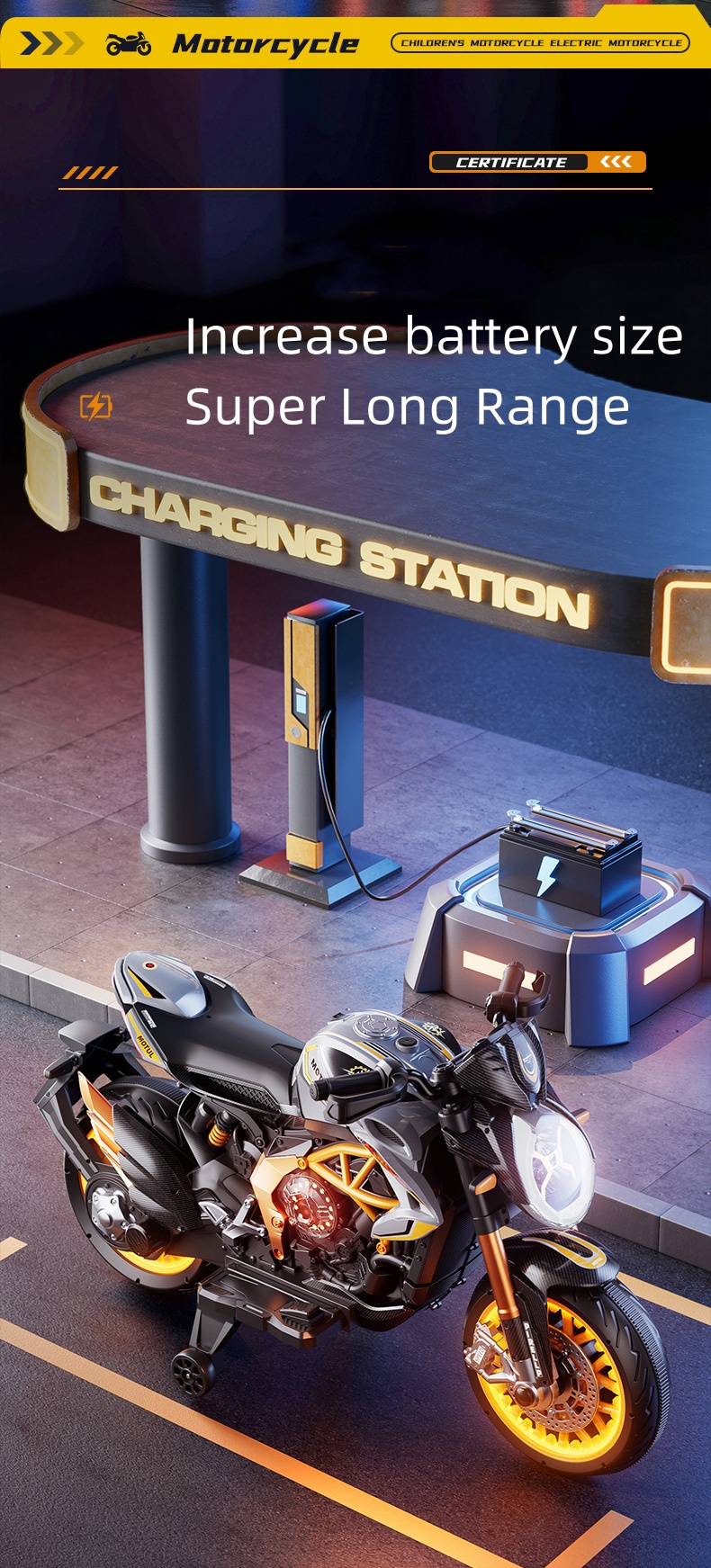Self Balancing Scooter User Manual
Understanding Your Self-Balancing Scooter A User Manual Guide
Self-balancing scooters, often referred to as hoverboards, have gained immense popularity as a fun and efficient mode of personal transportation. While they promise excitement and convenience, it is important to understand their operation, safety guidelines, and maintenance to ensure a pleasant riding experience. This article serves as a comprehensive guide based on typical user manual instructions for these devices.
Getting Started Initial Setup and Familiarization
Before you hit the streets, it’s crucial to familiarize yourself with the self-balancing scooter’s parts. Most models come equipped with a power button, charging port, LED indicators, and footpads designed for stability. When you first receive your scooter, charge it fully using the charger provided. A fully charged battery ensures optimal performance and extends the lifespan of the scooter.
Once charged, the scooter will power on when you press the button. Stand on the footpads with one foot first, placing it firmly while keeping your other foot off the board until you gain your balance. Centering your weight is key; lean slightly forward to move forward and backward to reverse. Practice this in a safe, open area until you are comfortable.
Safety First Essential Riding Guidelines
Safety cannot be overstated when it comes to riding a self-balancing scooter. Always wear a helmet, knee pads, and elbow pads to protect yourself from potential falls. Additionally, avoid riding on uneven surfaces, and steer clear of busy roads or pedestrian zones.
Before riding, inspect your scooter for any visible damage or issues. Check the tires for proper inflation and ensure that the battery is charged. Never ride in wet conditions, as this can reduce traction and increase the risk of slipping. Always familiarize yourself with your local laws regarding hoverboard usage, as regulations may vary.
self balancing scooter user manual

Maintenance Keeping Your Scooter in Top Condition
Regular maintenance is key to ensuring the longevity and performance of your self-balancing scooter. After each ride, check for any debris stuck in the wheels and clean it off. Wipe down the surface with a soft, damp cloth to remove dust or dirt.
Battery health is another crucial aspect of maintenance. If you notice that the battery is not holding a charge as it once did, it may be time for a replacement. It is advisable to consult your manual for specific instructions on battery care, including recommended charging practices to prevent overcharging.
Troubleshooting Common Issues
Even the best-maintained scooters may run into issues. If your scooter is beeping, it could indicate a low battery or that it’s not properly balanced. Always refer to the user manual for troubleshooting steps. Often, resetting the scooter by turning it off and on again can solve minor problems.
If you encounter persistent issues, do not hesitate to contact customer support or take your scooter to a certified technician. Remember, regular software updates may also be necessary for certain models, enhancing performance and safety features.
Conclusion Enjoy the Ride Responsibly
A self-balancing scooter can be an exhilarating way to get around, but responsible use is essential for a safe and enjoyable experience. By familiarizing yourself with the scooter's features, adhering to safety guidelines, keeping up with maintenance, and knowing how to troubleshoot common issues, you can make the most of this innovative mode of transportation. Ride safe and enjoy the freedom that your self-balancing scooter brings!
-
Children's Tricycle: Enlarged Seat, Sunshade & Safety Push BarNewsAug.31,2025
-
Sports Kids Bike: High Carbon Steel Argon Arc Welded Frame | Beautiful GiftNewsAug.30,2025
-
Ultimate 24V Children's Car: Power, Fun & Safety for KidsNewsAug.29,2025
-
Children's Electric Car Ride Ons: 2-Seater, Bumper & Audi ModelsNewsAug.28,2025
-
Understanding Voltage in Battery for Children's Motorized CarNewsJun.05,2025
-
Safety Features to Look for in an Electric Car for KidsNewsJun.05,2025
